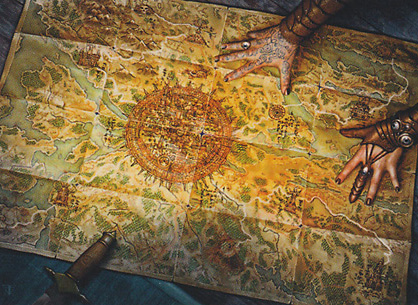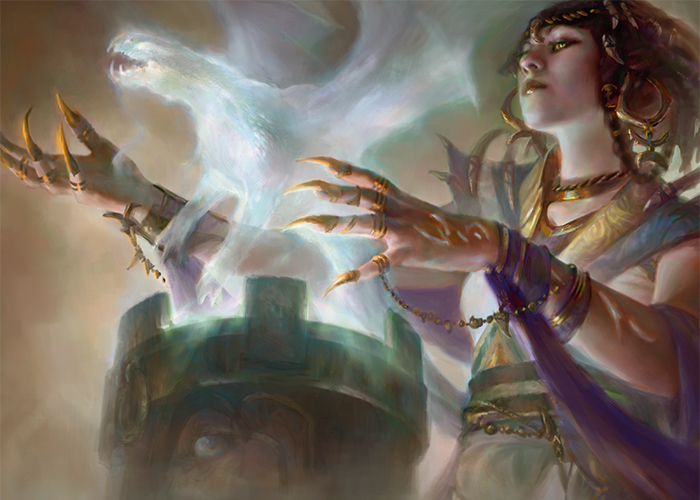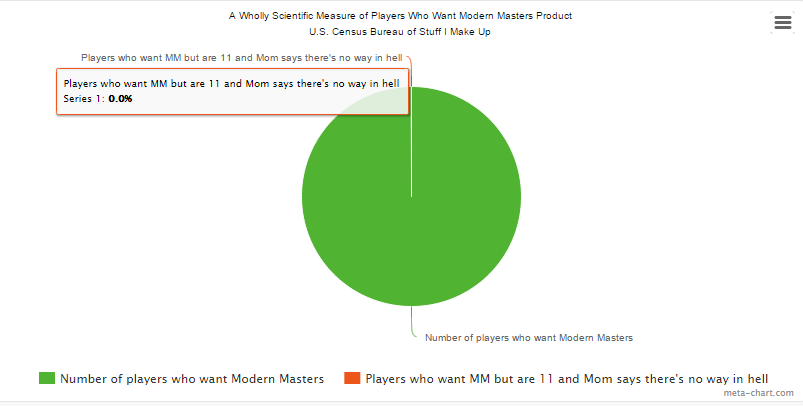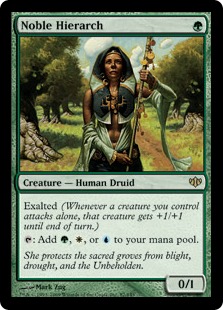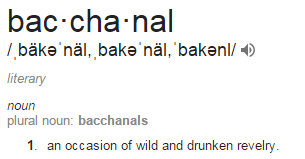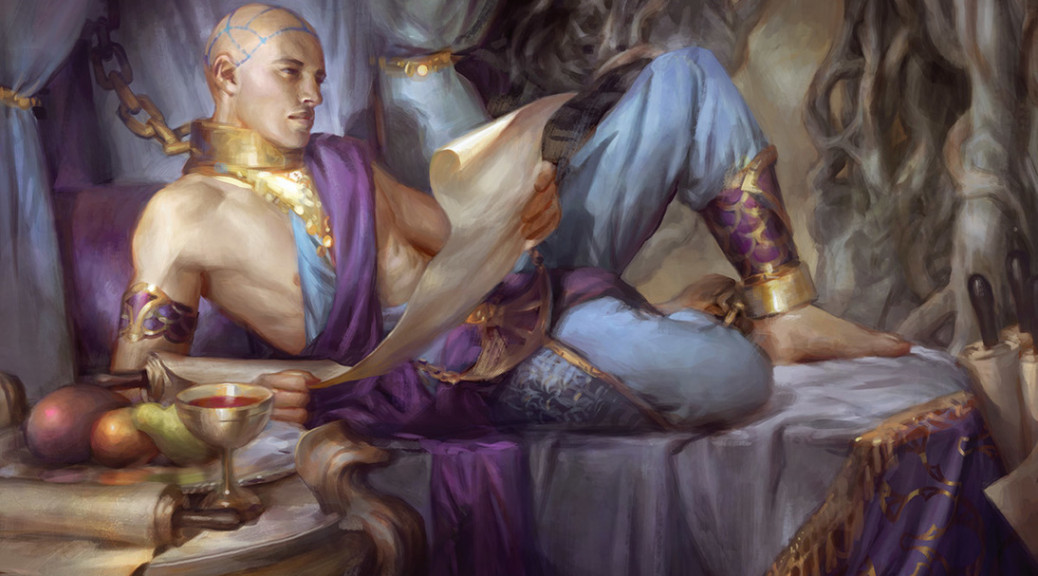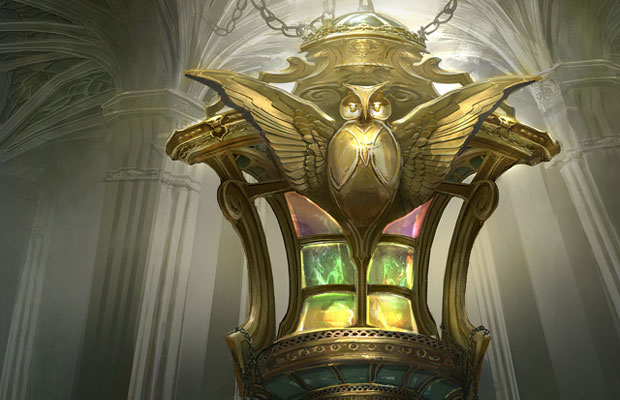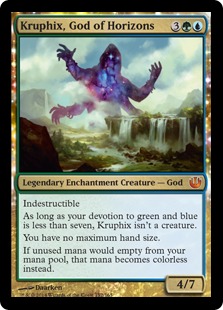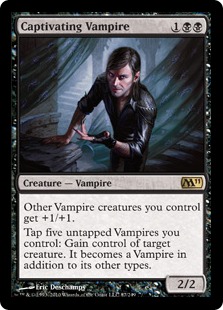By Guo Heng
Hello and welcome to the first instalment of The Meta Report, a weekly column dedicated to tracking the evolution of the metagame and its financial impact.
Every week, this column would crunch the numbers for both Magic Online and paper (which shall henceforth be referred to as ‘in real life’ or ‘IRL’) tournaments to observe the shift in the metagame and highlight emergent archetypes their potential financial impact. The goal of this column is to make it easy you keep a finger on the beating pulse of the Standard metagame by amassing tournament results over the past week in a single article.
We may be living in another golden age of Standard. Since Dragons of Tarkir were injected into the metagame, we have seen a diverse set of viable competitive archetypes and as of last weekend, we are still seeing new twists on existing archetypes.
The Metagame for 25 April – 1 May
This week’s The Meta Report will only analyse data from IRL tournaments. The first set of RPTQs took place last weekend, and counting the StarCityGames Open held at Cleveland, we have a whooping 248 top 8 decks to sift through to find the pulse of Standard, as the table below shows.
| Total (Archetype) | |
|---|---|
| Esper Dragons | 54 |
| Mono Red | 52 |
| Abzan Aggro | 29 |
| Abzan Control/Midrange | 19 |
| Ojutai Bant Megamorph | 16 |
| RG Dragons | 11 |
| Abzan Megamorph | 9 |
| Sidisi Megamorph Whip | 6 |
| GW Megamorph Company | 6 |
| Jeskai Tokens | 4 |
| Jeskai Aggro | 3 |
| Abzan Rally | 3 |
| GW Devotion | 3 |
| GR Devotion | 3 |
| Bant Heroic | 3 |
| Chromantiflayer | 2 |
| GW Devotion (Megamorph) | 2 |
| Temur Dragons | 2 |
| Abzan Whip | 2 |
| RB Dragons | 2 |
| GR Bees | 2 |
| UW Midrange | 1 |
| Mardu Planeswalkers | 1 |
| Abzan Atarka | 1 |
| Mardu Midrange | 1 |
| UB Dragons | 1 |
| Mardu Aggro | 1 |
| Temur Midrange | 1 |
| Temur Control | 1 |
| UB Control | 1 |
| Naya Dragons | 1 |
| Mono Blue Dragon Control | 1 |
| Sidisi Whip | 1 |
| BG Megamorph | 1 |
| UG Megamorph Company | 1 |
| Jeskai Dragons | 1 |
Esper Dragons remained the most played deck, making up of 22% of the decks that made top 8 at the RPTQs. Most lists stayed close to the stock list that Alexander Hayne took down Grand Prix Krakow with. Esper Dragons was one of the best performing decks in the Standard portion of Pro Tour Dragons of Tarkir and Paulo Vitor Damo da Rosa touted it as one of of the best deck he has played at a Pro Tour for a very long time. It is unsurprising that Esper Dragons still was the most played deck at the RPTQs even though the deck’s worse matchup was the second most popular deck last weekend.
Right at the heels of Esper Dragons was Mono Red, with 21% of the top 8 decks being Mono Red. It is unusual to see this level of Mono Red saturation at a medium-to-high level competitive event. Perhaps Mono Red’s success hinged on the fact that its natural prey, Esper Dragons, was the most played deck.
At 12% of the top 8 metagame, the third most played deck in the top 8 of the RPTQs was Abzan Aggro, a deck that mostly resembled its pre-Dragons of Tarkir form save for the addition of Dromoka’s Command. Abzan Control occupied 8% of the top 8 metagame as the fourth most played deck.
Ojutai Bant Megamorph, a deck which Craig Wescoe piloted to an impressive 8-2 finish at Pro Tour Dragons of Tarkir three weeks back and which Sam Pardee made the top 8 of Grand Prix Krakow with two weekends ago, was the fifth most played deck in the top 8 of the RPTQs, comprising of 6% of the top 8 metagame. I have added ‘Megamorph’ to the deck’s name as it birthed the synergy that was assimilated into multiple existing archetypes.
The Megamorphs
The RPTQs saw a number of existing archetypes slotting in four Deathmist Raptor and three to four Den Protector to exploit their synergy which was first found in Ojutai Bant Megamorph. Abzan Aggro builds incorporating the Megamorph synergy (called Abzan Megamorph) was the 7th most prevalent deck at the RPTQs. The Sidisi Whip decks that were dominating prior to Fate Reforged‘s release also absorbed Den Protector and Deathmist Raptor and those builds performed better than non-Megamorph Sidisi Whip builds at the RPTQs. Last week also saw Green-White Aggro decks adopting the Megamorph synergy.
There is a good chance we would see an increase in the number of decks running the Deathmist Raptor and Den Protector ‘combo’ this week. Their synergy imbues green-based decks with added resiliency against Esper Dragons, the most popular deck, and green-based decks have a good matchup against Mono Red, the second most prevalent deck.
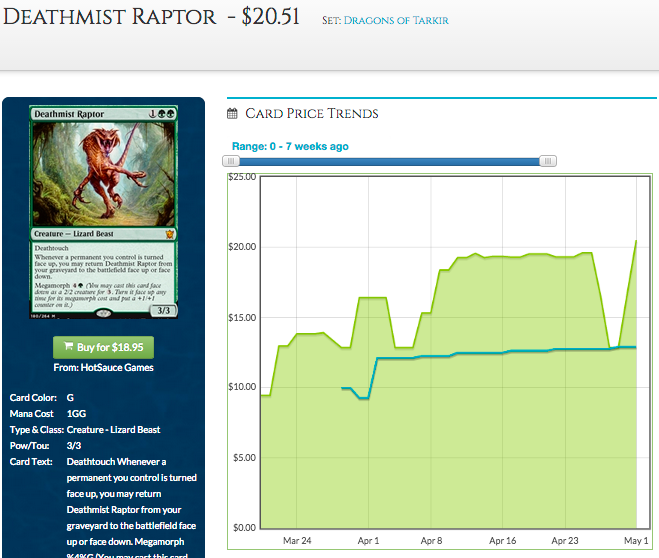
As of writing, Deathmist Raptor is the second most expensive Dragons of Tarkir card on Magic Online, which speaks volume about the popularity of the Megamorph synergy in the online metagame. The online metagame could be a precursor to what we are going to see this week.
Deathmist Raptor has a relatively low spread of 37%, indicating that the demand for Deathmist Raptor is strong and we are unlikely to see Deathmist Raptor’s price drop in the short run. There is a possibility that Deathmist Raptor could increase in price. My call for Deathmist Raptor is a hold.
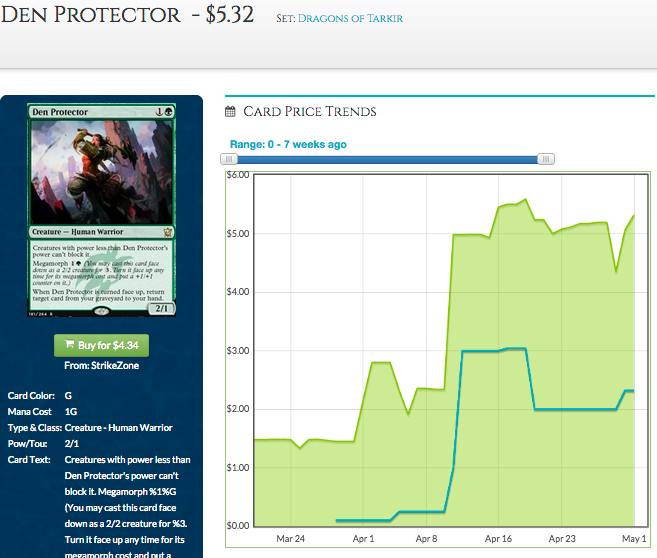
Den Protector, the other half of the synergy, spiked during Pro Tour Dragons of Tarkir and her price remained high presumably on the back of the Megamorph synergy’s increasing popularity. With a 48% spread, I do not think Den Protector will be able to protect her current price above $5 for long even if the Megamorph synergy becomes widespread. Dragons of Tarkir redemption is about to hit the market in a week or two (Dragons of Tarkir redemption starts 6 May), bumping up the set’s supply and rares rarely hold their price against such force. My call for Den Protector is a solid sell.
Warden of the North Abzan
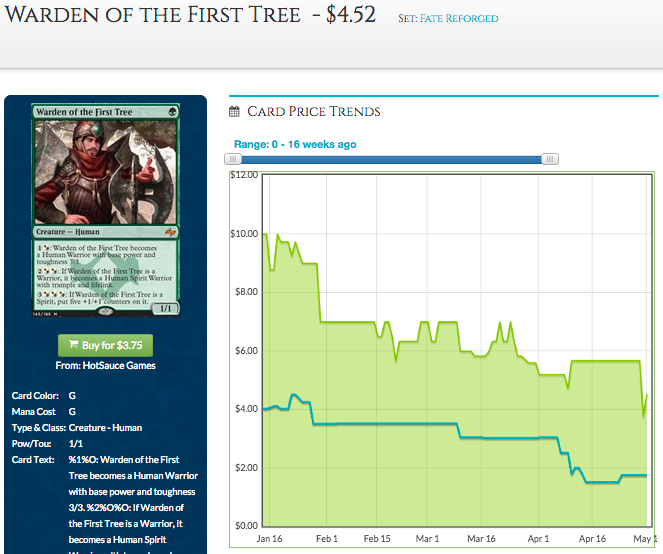
Warden of the First Tree is a mythic from a small set that has been seeing play in multiple copies in Abzan Aggro builds, but he commands a price tag of just $4.52, even though Abzan Aggro was the third most played deck in the RPTQ top 8s last weekend. I am tempted to say that he is undervalued at the moment, but we have yet to hit peak supply for Fate Reforged, and his 54% spread indicates otherwise. Perhaps the fact that the Warden only has one home at the moment severely limits his demand. I am giving the Warden a hold call.
Speaking of Abzan, the RPTQs saw a small number of Abzan Rally, a graveyard-based deck that aims to populate its graveyard as fast as possible before casting a Rally the Ancestors to bring back Siege Rhinos and Gray Merchant of Asphodels for a game-ending life swing. Abzan Rally is pretty much Dredge in the current Standard, where there is a surprising lack of graveyard hate despite the number of graveyard-reliant strategies.
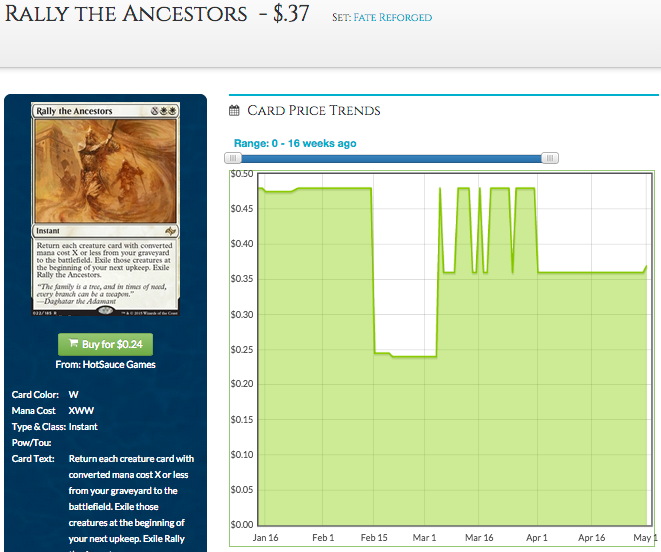
Rally the Ancestors is bulk and most vendors are not even buying it. Three Abzan Rally decks made the top 8 of the RPTQs in three different mid-sized RPTQs (55 – 75 players), although none of them made it to the semifinals. I do not know what are the odds of Abzan Rally breaking into tier one, as I have only played against that deck once (I lost), but it may be worth picking up a couple of Rally the Ancestors as throw-ins to your trades. I am not even sure if I would buy them. I am giving Rally the Ancestors a ‘trade throw-in’ call.
Time to Collect?
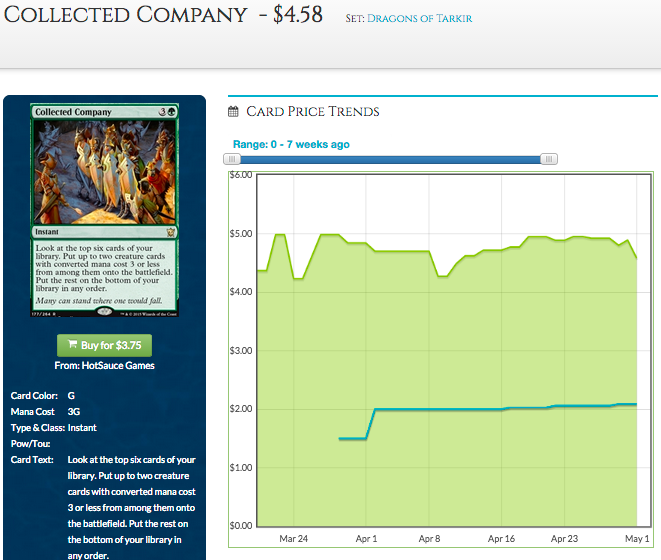
Collected Company was one of the most hyped-up Dragons of Tarkir rares to the point where it drove up the price of Congregation at Dawn fourfold, on the speculation that Collected Company could combo with Congregation at Dawn in Modern (fellow MTGPrice writer, Derek Madlem took that combo for a spin and apparently it was clunky bad).
It turns out that Standard may be the more suitable home for Collected Company. Seven Collected Company aggro decks (six Green-White, one Green-Blue) made the top 8 of last weekend’s RPTQs and six of them qualified their pilots for the Pro Tour.
After Hall of Famer Bram Snapvangers went 8-2 in the constructed portion of the Pro Tour with a Green-White Aggro build sporting four mainboard Collected Company, Collected Company made no appearance in IRL events until last weekend. Connor Bowman’s Abzan Aggro which finished in the top 8 of StarCityGames Cleveland ran four Collected Company in the main. And of course, the seven Green-based aggro decks that made top 8 of the RPTQs as mentioned above.
There is a good chance that the Standard metagame would shift towards Collected Company decks in the following weeks. Collected Company is terrific against Esper Dragons, creating you an instant board position after a board wipe. Green-based aggro decks have a good matchup against Mono Red on the virtue of having larger low-curve creatures. Best of all decks running Collected Company could assimilate the Deathmist Raptor and Den Protector synergy.
Collected Company’s price has been stubbornly remaining at the high end of $4 since Dragons of Tarkir’s release. Collected Company currently has a 47% spread, and with redemption hitting in a I am not sure how much more growth Collected Company could see. Unlike Den Protector, I would hold on to my Collected Company right now. While the synergy between Collected Company and Congregation at Dawn is too clunky, Collected Company has been seeing some play in Modern. It was found as a playset in a Melira deck which made top 8 of a 106-player tournament and Modern Zoo has been experimenting with it.
Deathmist Raptor, Den Protector and Collected Company are cards that are exceedingly well positioned in the meta at the moment, and there is a good chance that next week’s metagame would contain more copies of those cards.
